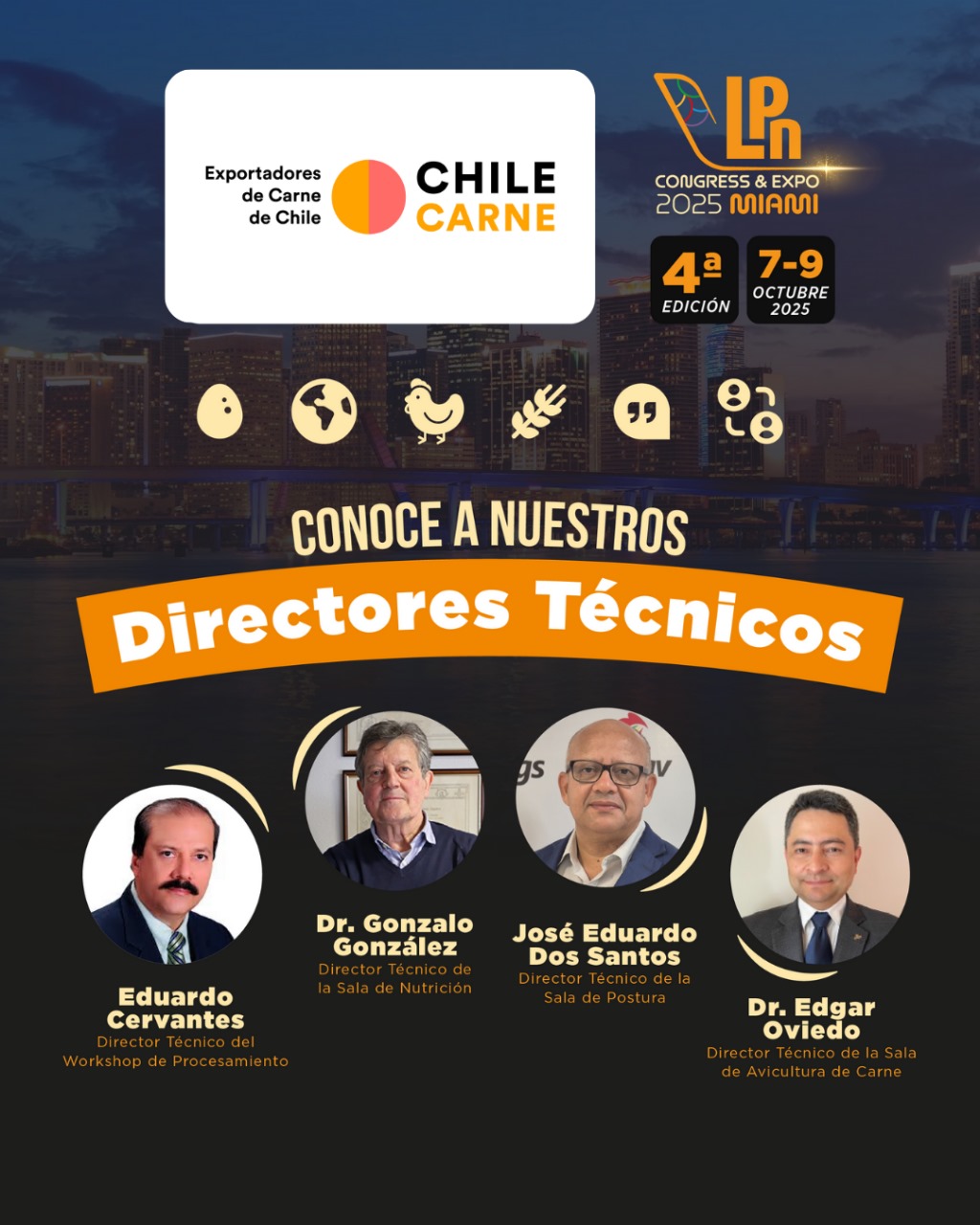The international conference “Odor Management: Embracing Global Perspectives” was held from May 13 to 16 in Toronto, Canada.
The event, organized by the Air & Waste Management Association (A&WMA), brought together experts from around the world to discuss a wide range of topics related to odor emissions regulations, management, and impact.
ChileCarne, the association representing Chile’s main pork and poultry producers and exporters, was represented by Renzo Boccanegra, Head of Sustainability Projects, underscoring the sector’s commitment to environmental management and the search for innovative odor management solutions.
The agenda kicked off with a technical visit to the wind tunnel facilities of RWDI, a company that provides engineering services modeling and designing structures for various industries around the world. These facilities are used to study and assess the aerodynamic behavior of structures and buildings under controlled wind conditions.
“We had the opportunity to explore innovative techniques for odor dispersion modeling. These tools are essential for understanding how odors behave in different scenarios, using advanced atmospheric dispersion models, geography, and facility design to better understand how wind can impact odor distribution and develop effective mitigation strategies,” Boccanegra explained.
The visit was followed by the conference, which featured an intensive three-day agenda covering a wide array of topics including odor science, forensic chemistry, source identification, field evaluation methods, electronic detection, policy and regulation, modeling, controls and mitigation, community impacts, and best practices.
“The conference covered odor-related topics from many perspectives. The presentations included field methods for odor assessment, chemical source identification, modeling, policy and regulations, and community management. It also covered citizen science to address complaints from neighbors about specific companies. Attendees included consultants, regulators, modeling laboratories, and companies developing odor management solutions. Participants came from all over the world, including Canada, the United States, Australia, Brazil, and the European Union,” Boccanegra added.
In addition to technical presentations, there were panel discussions on key topics such as odor modeling and community management. One of the most interesting panels, moderated by Ray Porter, focused on the first international handbook on the assessment of odor exposure using dispersion modelling, developed by a group of over 50 experts from 19 countries.
“One relevant aspect of the conference was learning about land use planning in other countries, particularly their regulatory frameworks and practical applications. This is undoubtedly one of Chile’s major challenges because without proper land use planning, even the best odor abatement technologies may not be enough to prevent nuisances to communities. We can learn from many international experiences that have helped build trust and find the right balance between economic and residential development in both rural and urban areas,” ChileCarne’s expert added.
Events like these are crucial for international cooperation and knowledge exchange, enabling Chile’s pork and poultry sector to adopt innovative and sustainable odor management solutions, thereby minimizing their impact on communities and the environment.




